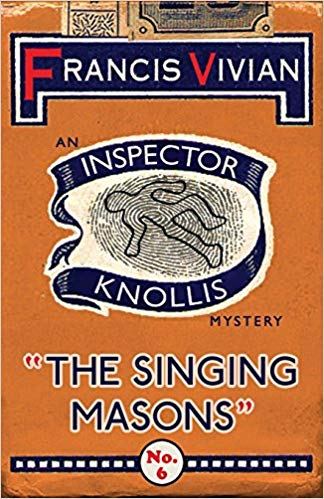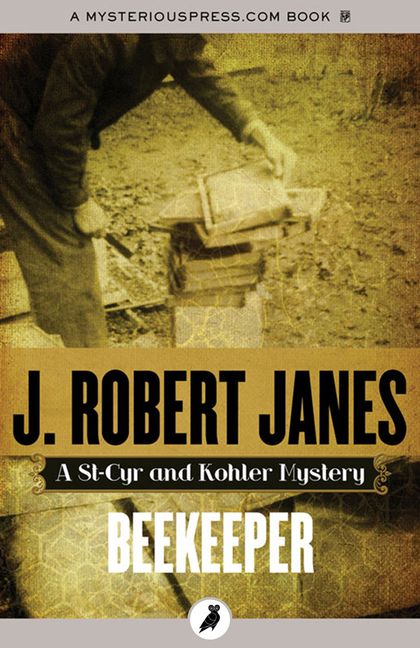‘The Singing Masons’ (1950) by Francis Vivian
GoodReads meta-dat is 226 pages, rated 4.25 by 4 litizens

‘Beekeeper ‘(1999) by J. Robert Janes
GoodReads meta-data is 305 pages, rated 3.96 by 28 litizens

Verdict: Beeology galore.
In ‘The Singing Masons’ the local playboy is found at the bottom of a well. Scotland Yard dispatches Inspector Knollis to the small town of Cleverly to get to the bottom of things. (Groan.) He does.
Nobody has a good word to say about the deceased, not his fiancee, not colleagues at work, not his many conquests, not his landlord, not his cousin, not anyone. Moreover, as investigation continues it seems Playboy was up to some shenanigans of his own, burning down the property of a romantic rival, and planning to murder his fiancee as soon as they were married so he could inherit and move on. Like a good stereotype, there was no end to his perfidy.
The manners and mores are rural England of the 1950s. I expected my crush Flavia to show up at any moment on her bicycle Gladys and sort things out with her chemicals. No such luck.
This is a puzzle krimi in the manner of the Queen of Crime, Agatha Christie. All the information is there for the reader to detect the villain and in due course, after repeated, and I mean repeated, interrogations the plod do detect the villain, who was obvious from page one to hardened krimiologists.
I chose to start with this, the sixth, volume in the Knollis series because I have been reading about bees in several books discussed elsewhere on this blog. There is much lore about bees, and in the end the bees are well integrated into the story throughout and decisive in the plot.
While in the literary apiary I also re-read Janes’s ‘Beekeeper.’ This is the eleventh in his series. He sustains the an atmosphere like few others. It is winter in Occupied Paris, January 1943. There is no fuel for heating. No energy for lighting. Little food. The Occupier is everywhere.
A beekeeper is found poisoned and St Cyr and Kohler, that odd couple, are assigned the case. It is dark and tangled world of black market, rapacious Naziis, rivalries among rapacious Naziis, bitter priests who have been displaced by the Occupier, the shadowy resistance, and the sheer struggle to survive.
The fact at the bottom of the mystery is that one of the evils of Naziism was the wholesale destruction of beekeeping in Russia. In rear areas, apiaries were systematically looted with the hives piled on railway cars and send to Paris, where there was a thriving market for beeswax candles (since no electricity was available any longer, and moreover churches had to have beeswaax candles). Thousands and thousands of hives, and in them came a bee virus that began to infect French bees.
The beekeeper had found this out and was about to tell all. Is that why he was poisoned? Or was it because his wife hated him for rejecting her son by another marriage? Or was it the animus of childhood friends whom he had blackmailed for years? Or the local priest who might suppose the flock would be more stable without this volatile man around? Or did the alienated step-son do it? Or was it a supremo of the black market? Or the German importing the hives? Or…. Or was the poison intended for someone else entirely?
I admit at the end I was not quite sure what the answer was, but the trip, as always in these stories was engrossing..
Skip to content
